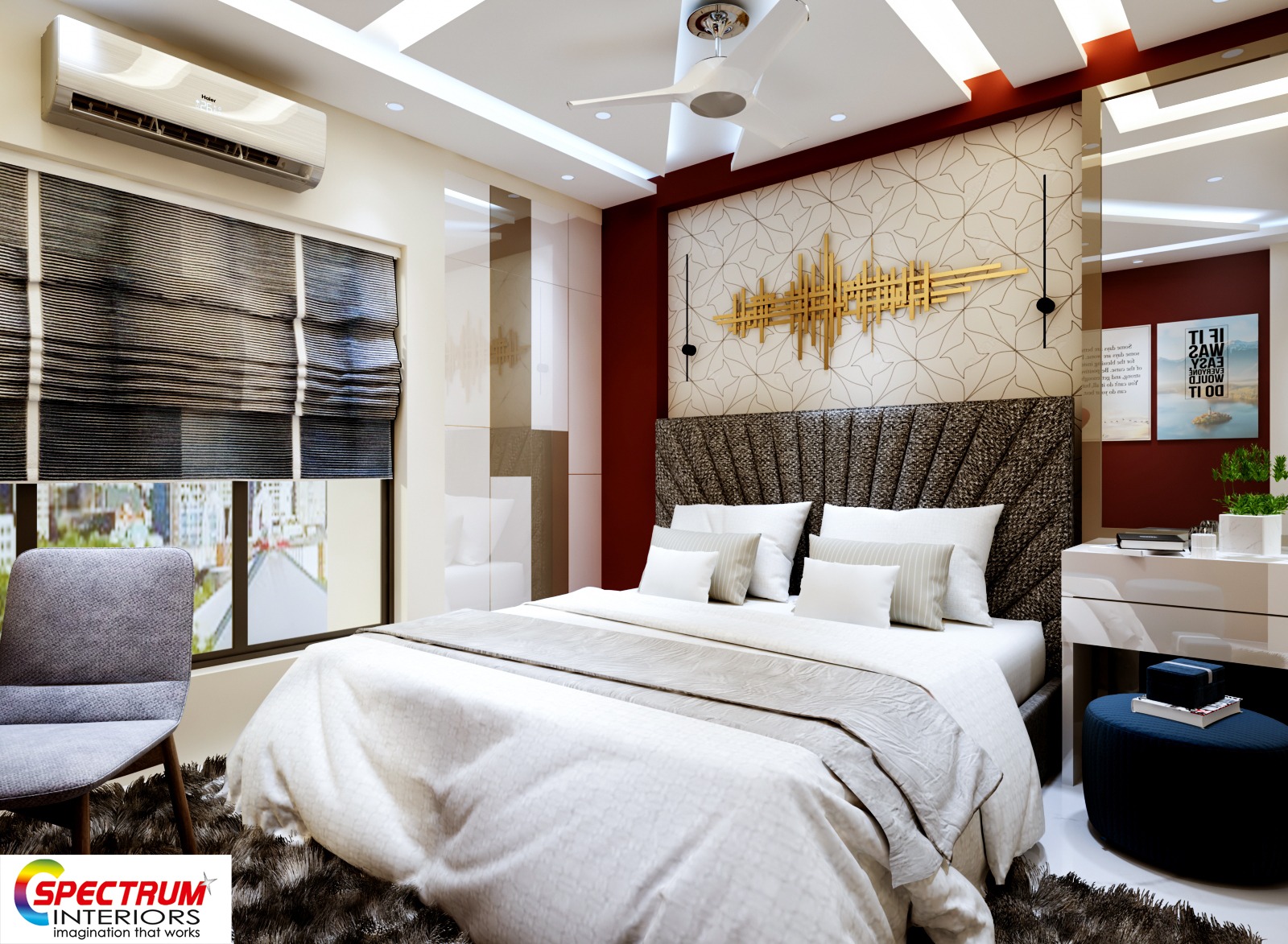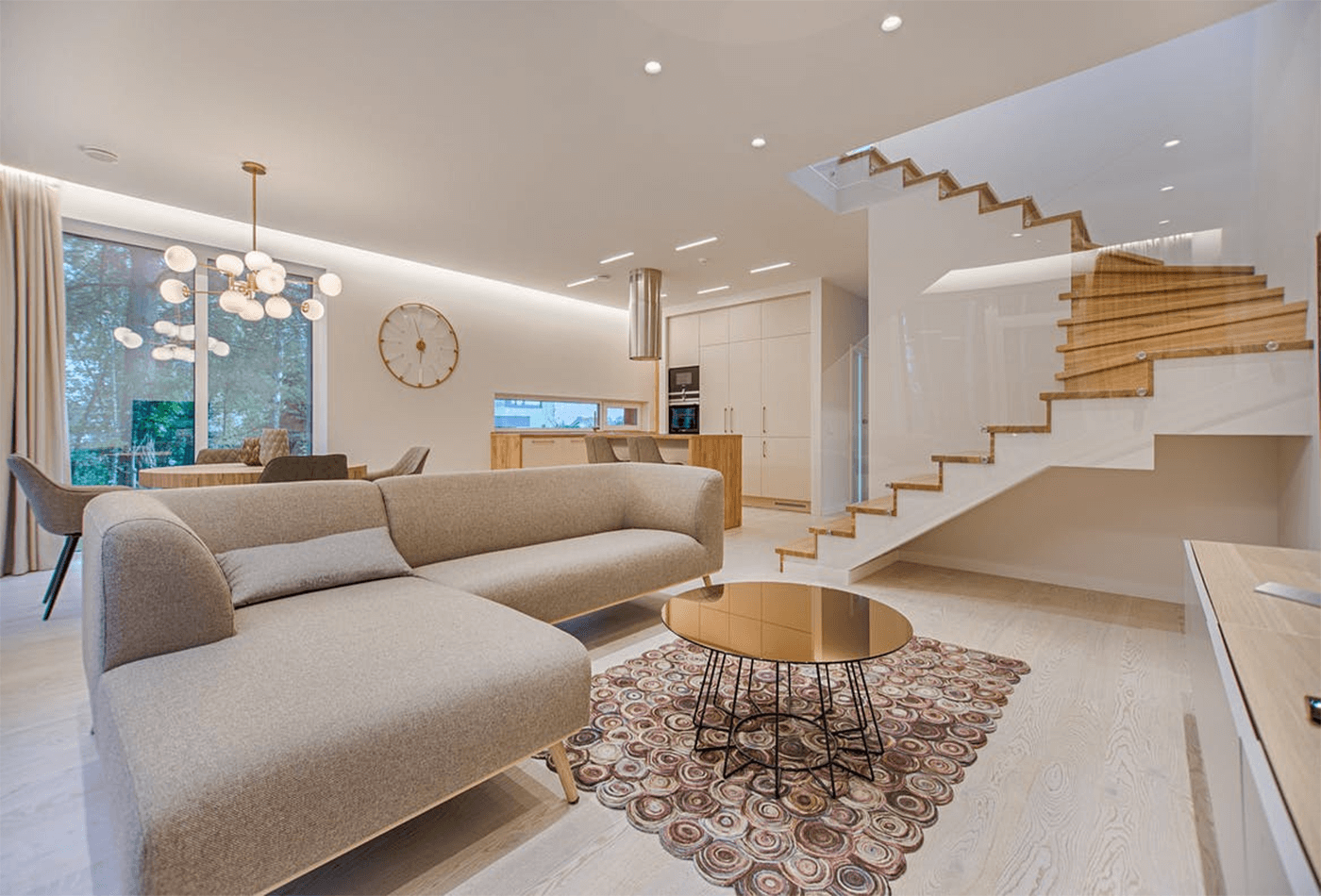Change Your Home With Crucial Concepts of Inside Layout and Aesthetics
By comprehending the impact of shade theory and the significance of appearance and patterns, one can produce spaces that are not just aesthetically appealing yet likewise deeply personal. Attaining this balance involves even more than simple decoration; it includes a tactical setup and a keen understanding of just how each aspect interacts within a room.
Comprehending Shade Theory
Recognizing the principles of shade theory enables developers to produce rooms that reverberate emotionally with occupants while fulfilling useful requirements. Each classification plays a vital role in establishing consistency within a room.
The psychological effect of shades is extensive; cozy shades such as reds and oranges evoke power and heat, while cool tones like blues and greens promote calmness and harmony. In addition, using complementary colors improves visual passion, developing striking contrasts that can boost an area's appeal.
Neutral shades, on the various other hand, work as a functional background, allowing various other layout elements to beam. It is essential to consider factors such as lighting and the room's objective when picking a shade scheme, as these can change the understanding of colors throughout the day.
Ultimately, a well-considered color scheme can change a room, promoting a sense of comfort and design that straightens with the citizens' choices. Mastery of color concept is, as a result, a crucial skill for any indoor developer aiming to create unified and welcoming atmospheres.
Achieving Equilibrium in Style
Exactly how can designers attain a feeling of balance in their spaces? Attaining balance in design is fundamental to developing harmonious interiors. Designers can make use of three main kinds of equilibrium: symmetrical, unbalanced, and radial. In proportion equilibrium includes setting up elements uniformly around a central point, fostering a sense of order and peace. This type frequently includes sets of furniture or art work, improving visual security.
Asymmetrical balance, on the various other hand, relies upon differing elements that still attain a natural appearance. This strategy permits even more dynamic and informal arrangements, offering interest while preserving equilibrium. By very carefully choosing varying sizes, shades, and structures, developers can develop an aesthetically engaging room that feels well balanced yet energised.
Radial equilibrium highlights a main focal point with components radiating external. This style is commonly seen in circular formats, where furnishings and style create a natural surround that draws the eye internal.
Eventually, achieving equilibrium calls for thoughtful consideration of scale, percentage, and the connections in between aspects. luxury interior design. By skillfully applying these balance concepts, developers can change areas right into atmospheres that really feel both aesthetically pleasing and functionally harmonious, boosting the overall experience for passengers
Importance of Spatial Understanding

An eager sense of spatial awareness allows designers to identify centerpieces within a space, directing the customer's interest to essential functions while keeping a general feeling of unity. It additionally assists in the critical positioning of lights, which can significantly affect the assumption of area and mood. Recognizing spatial partnerships makes it possible for the developer to provide to the specific needs of citizens, ensuring that each location offers its intended objective without jeopardizing looks.
Inevitably, spatial awareness is crucial for maximizing the capacity of any type of indoor area. By carefully thinking about the interplay between measurements, design, and function, designers can produce settings that not just satisfy practical requirements but also evoke a feeling of convenience and beauty, enhancing the overall living experience.
Incorporating Appearance and Patterns
Accepting a diverse variety of appearances and patterns can dramatically boost the visual and responsive appeal of an indoor area. The strategic usage of different products-- such as timber, steel, material, and stone-- develops depth and passion, making an area really feel extra welcoming and vibrant. Combining smooth surfaces with rough textures can develop an equilibrium that attracts the eye and engages the senses.
When including patterns, take into consideration both range and repeating. Big patterns can function as focal factors, while check it out smaller, subtle styles can match other aspects without frustrating the area. Layering patterns, such as pairing floral cushions with striped tosses, adds complexity and a feeling of harmony if carried out thoughtfully.
It is additionally vital to maintain a natural shade palette, making sure that structures and patterns function with each other instead of compete for interest. By selecting a few essential structures and patterns, you can develop a linked aesthetic that reflects your personal style while enhancing the total atmosphere of the area. Ultimately, the cautious unification of these aspects can change a mundane space right into a sophisticated setting abundant with character and warmth.
Individualizing Your Area
Creating a room that shows your individuality is important to attaining an absolutely welcoming setting. Customization in interior decoration allows you to infuse your distinct design and interests right into your home, changing it from a mere sanctuary right into a sanctuary that speaks with that you are. Begin by picking a shade combination that resonates with your feelings-- bold shades can energize, while soft tones offer harmony.
Integrate art work and design that mirror your interests, whether it be traveling, nature, or abstract ideas. Presenting individual collections, such as publications, photos, or souvenirs, can evoke cherished memories and create focal factors within a room. In addition, consider personalizing practical pieces, like upholstered furnishings, to line up with your visual preferences.

Conclusion
To conclude, the transformation of a home through the vital principles of interior decoration and aesthetics demands a detailed understanding of color concept, balance, spatial recognition, structure, and personalization. Each component contributes considerably to producing a harmonious and practical living atmosphere you can try these out - luxury interior design. By thoughtfully incorporating these principles, individuals can enhance the visual charm and psychological vibration of their areas, ultimately promoting a home that shows unique identifications while giving convenience and usefulness